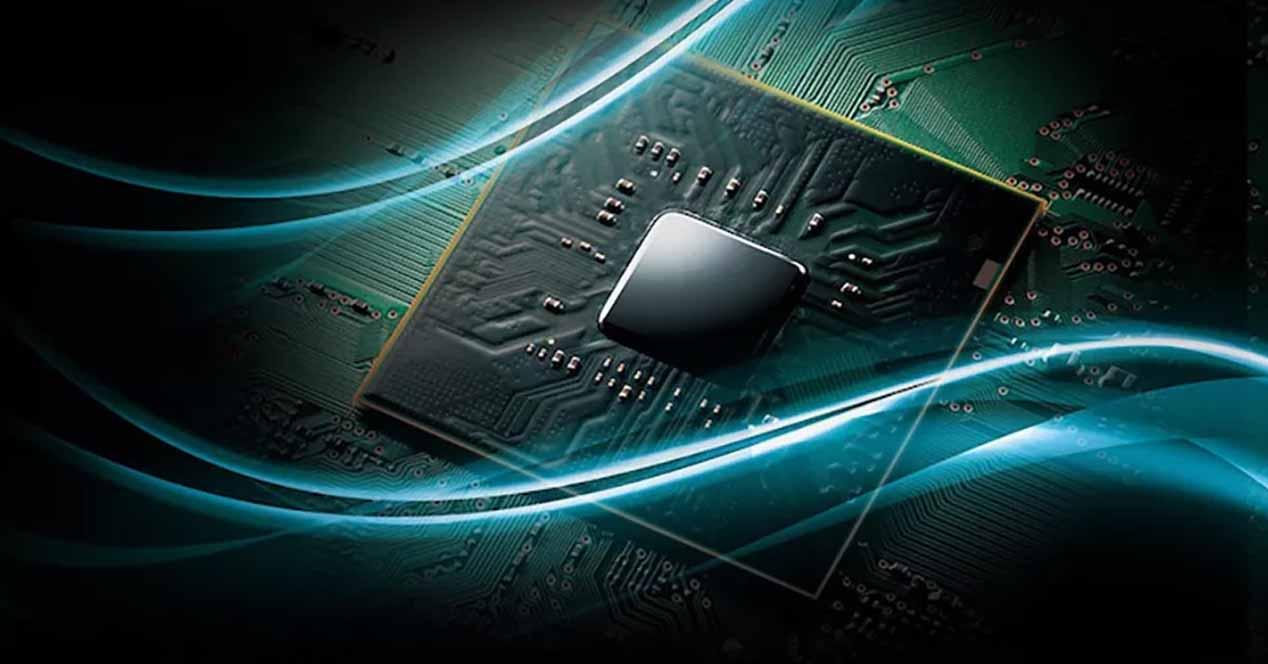
One of the terms that are appearing the most in recent times is that of RISC-V, especially since the days when it was said that NVIDIA was going to buy ARM as an alternative to the most used ISA of all. However, despite its benefits, it is important to dot the i’s and make things clear about the enormous amount of misinformation that runs through the networks.
In recent years, you will have read news about how RISC-V is the future of processors and that it will soon replace ARM. All this is said without taking into account how difficult it is to go from using one set of registers and instructions to another for all existing programs on the market. Something that you can only do if you are a certain Cupertino company that controls its entire ecosystem with a firm hand. In other words, it is almost impossible and we have already seen how, for example, the PC is still based on x86, despite the fact that at the time there was talk of the transition to ARM. Why should it be any different with RISC-V? That is why we have thought that it is best to break certain myths.
RISC-V is not what is usually believed
Although there are processors that have the RISC-V ISA and there are more and more, we must start from the fact that contrary to what happens with ARM where the set of registers and instructions is fixed and untouchable, in RISC-V it is modular and, therefore, it only takes one instruction or set of instructions not to exist for a program to stop working. And although new instructions are being added in all kinds of ISA to solve new types of problems, in reality what is not done is touch a base that remains stable in order to maintain the compatibility of the different applications.
RISC-V’s approach is different, being modular allows chip makers to make specific-purpose processors and choose the set of instructions and thus the units that the chip will carry in its final form. This allows them to be more focused on speeding up common tasks and freeing up processor cores. Although this is very different to a throttle or fixed function unit that is only one task away.
All this is still the same as taking a street car and removing weight to turn it into a competition car. The car is the same, but it is not designed to transport people, but rather to reach the finish line first. That is the key to RISC-V and what will make it popular, not for general purpose use, but for solving small problems. Therefore, its use will become more and more popular, they will even surpass ARM in terms of volume of use, since we will see several processors under said ISA both on mobile phones and on PCs.
What is interesting about said ISA?
Well, to the fact that it allows us to create specialized or even general-purpose processors without having to pay for an ISA, this is especially important in embedded systems where we have to have a processor of a certain power to make things work, but we have to conforming to the immutable specifications and conditions of an x86 or ARM processor where we will end up paying more for features that will never be used in said application.
In addition, the goal of every processor is to make programs run as fast as possible, which is why it is often ideal to have support units that take the burden off common but repetitive tasks. While no, everyone can make their own chips, you can design one and apply it via FPGA. Which is already beginning to be done in the supercomputer market. In the case of the home PC it will be different with units inside central processors, graphics chips and even for some chipset functions.